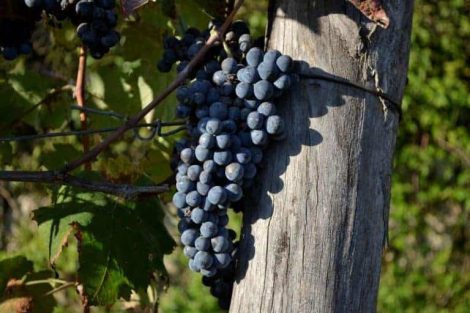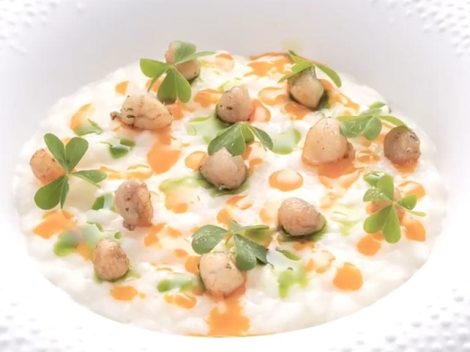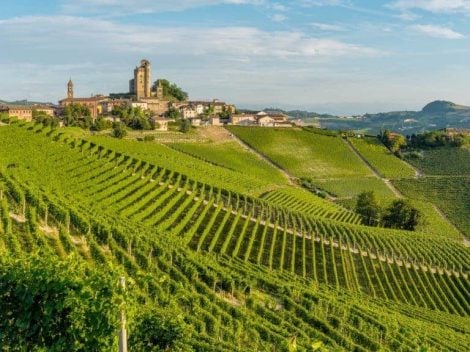Imagine dining in the halls of medieval castles, surrounded by tapestries, paintings, and fortified walls where soldiers and knights once clashed in long battles. Or perhaps enjoying a pizza 400 meters underground, in the heart of a centuries-old cave nestled within an archaeological park. Then there are villas and 18th-century residences that have become restaurants, with frescoed salons and restored paintings, or ancient convents that have been reborn with the spirit of monastic hospitality. This is the Sicily of ancient splendour, an island that enhances its historical heritage by converting it into hospitality and dining experiences, creating the ideal setting to share stories related to food.
Dining in Sicily within Castles, Caves, and Convents
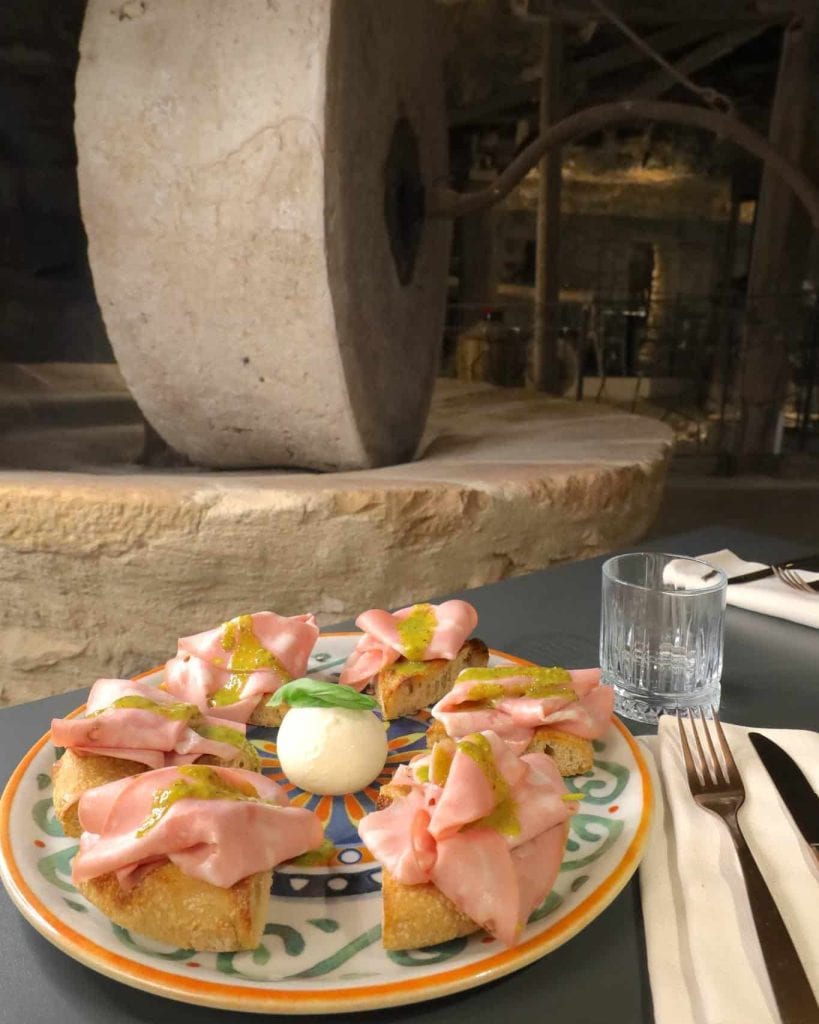
Incavò
A centuries-old cave, 400 meters deep, located in the heart of the Iblean countryside and the archaeological area of Parco Forza di Ispica—once home to a wine press and olive mill—has been transformed into a pizzeria. Incavò, run by Claudio Maucieri (awarded two "spicchi" by Gambero Rosso), continues the trend of archaeological and speleological gastronomy, which he first explored with Caveau, his initial pizzeria set within the open and natural surroundings of the Cava d'Ispica. With its breathtaking scenery, nestled in what has been dubbed the “Sicilian Grand Canyon,” Incavò's pizza is elevated to a true culinary dish. Using seasonal and local ingredients along with experimental doughs, the connection to the territory and its products is solidified.
Strada Barriera - Zona Parco Forza, Ispica, Italy Facebook
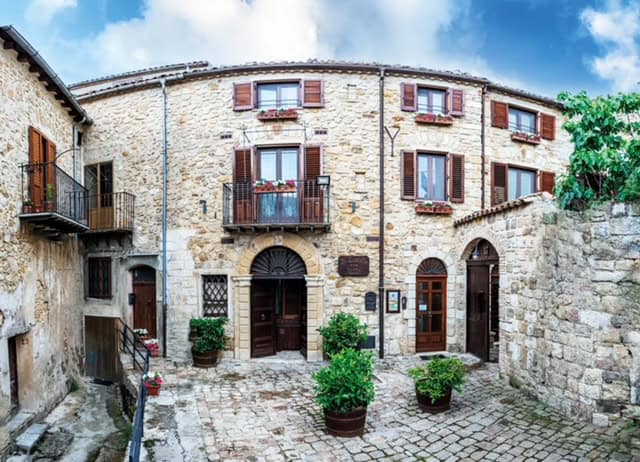
Il Castello
Standing proud and majestic, solid and imposing, is the castle that the Norman Count Roger d'Altavilla had built in 1062 in the village of Petralia Sottana. In this second life, the Norman fortress has become a pizzeria and restaurant, preserving the history and charm of the Norman era, thanks to the dedication of the Calderaro family, owners and managers of the structure, which also serves as a hotel. Luca and Marco Calderaro, the young brothers in charge of the dining room and kitchen, along with their mother Silvana and father Leonardo, focus on the restaurant and pizzeria, using raw materials from the family’s Masseria Sant’Elia farm and the Madonie region. The pizza, which retains the genuine flavour of the past, is prepared with modern techniques and doughs. The key to its unique taste and texture is the use of ingredients such as Geraci Sicula water, a precious Madonie spring, and a wood-fired oven fuelled with olive wood, ensuring a one-of-a-kind cooking process and fragrance.
Via Generale di Maria, 27 - 90027 Petralia Sottana Sito
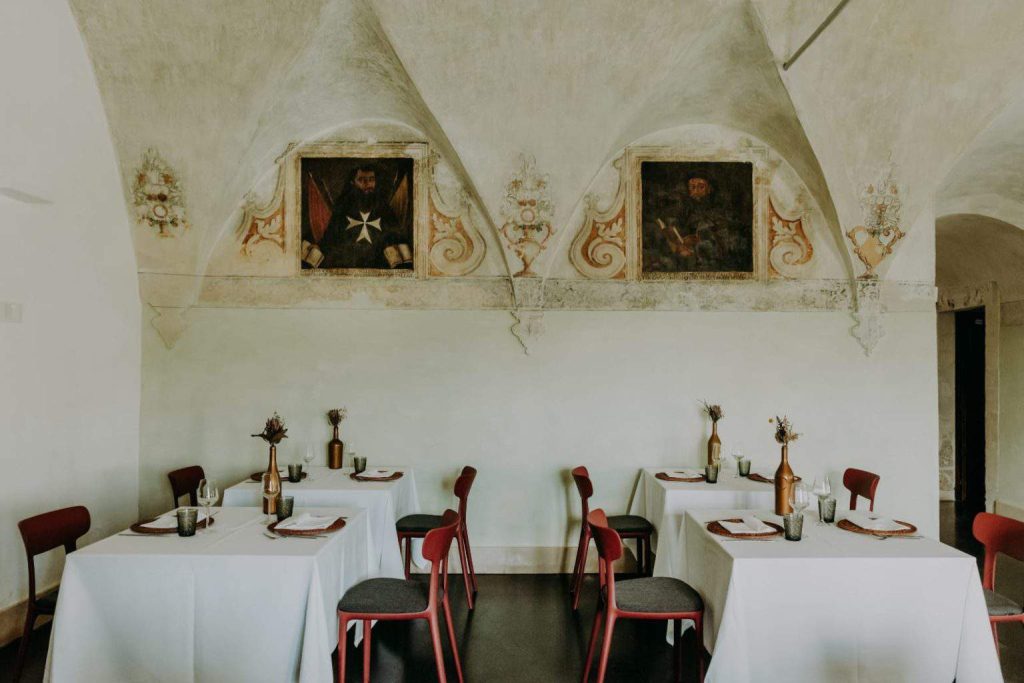
Antico Convento dei Cappuccini
The convivial and natural spirit, the slow pace, the simplicity of the surroundings and the cuisine, all come alive at the Cernobio-Osteria dei frati restaurant within the Antico Convento dei Cappuccini, in what used to be the friars’ refectory. Built in 1610, the convent is the only example of architecture predating the 1693 Val di Noto earthquake. It overlooks the green Irminio valley, in the heart of the Giardini di Ragusa Ibla. The D’Amanti family, who renovated the convent with deep belief in this project, preserved the typical architecture and style of 17th-century monastic structures, enhancing the spirit and authenticity of the place with the “Ritiro con Vista” hotel, housed in the friars’ former cells, and the restaurant’s cuisine with its “Frati Pescatori” and “Frati Contadini” menus, overseen by executive chef Peppe Venezia and resident chef Giovanni Bulbo. A highlight is the Nosco School of High Mediterranean Cuisine, which features a study and research centre on Sicilian gastronomy. The school offers a teaching kitchen with sixteen independent stations, providing professional courses, amateur cooking classes, cooking team-building sessions, and specialization courses.
Giardino Ibleo, V.le Margherita, 41 - 97100, Ragusa Ibla (RG) Sito
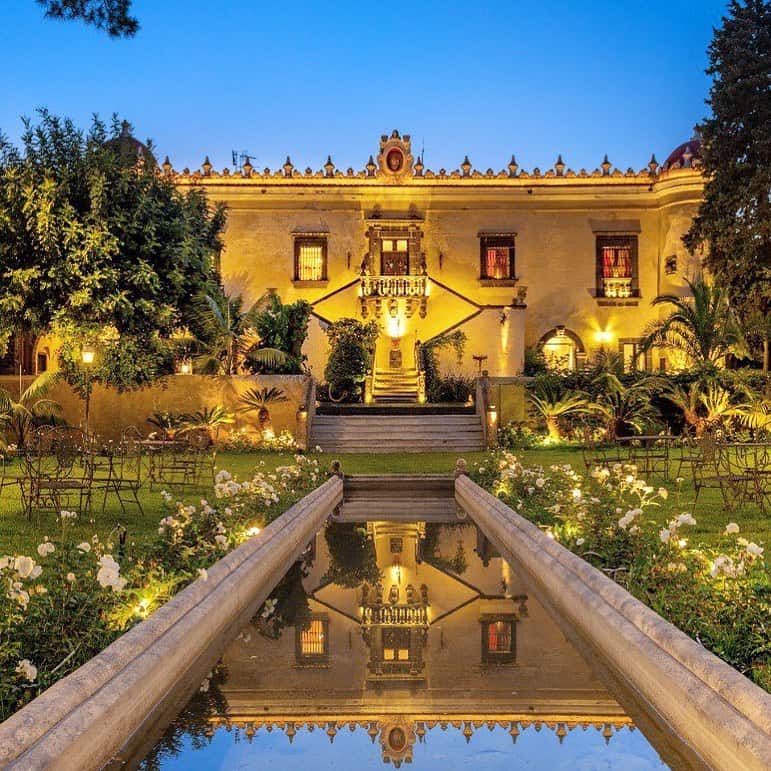
Castello San Marco
In 1689, Prince Gravina Cruyllas, from the Palagonia family—the same family that built the famous Villa Palagonia in Bagheria—decided to construct this princely residence on the Ionian coast, between Catania and Taormina. Maintaining its royal spirit and charm, the Murabito family has transformed this late-17th-century gem into a charming hotel that houses the Giardino di Pietra Restaurant. Managed by chef Giuseppe Bonaccorso, the Giardino di Pietra is set within the walls that enclose the old wine press. The baroque allure is combined with a contemporary cuisine that is above all sustainable, using ingredients from the castle’s organic garden and reflecting a Sicilian culinary tradition with a forward-looking approach.
Via San Marco 40, Calatabiano (CT) - Sito
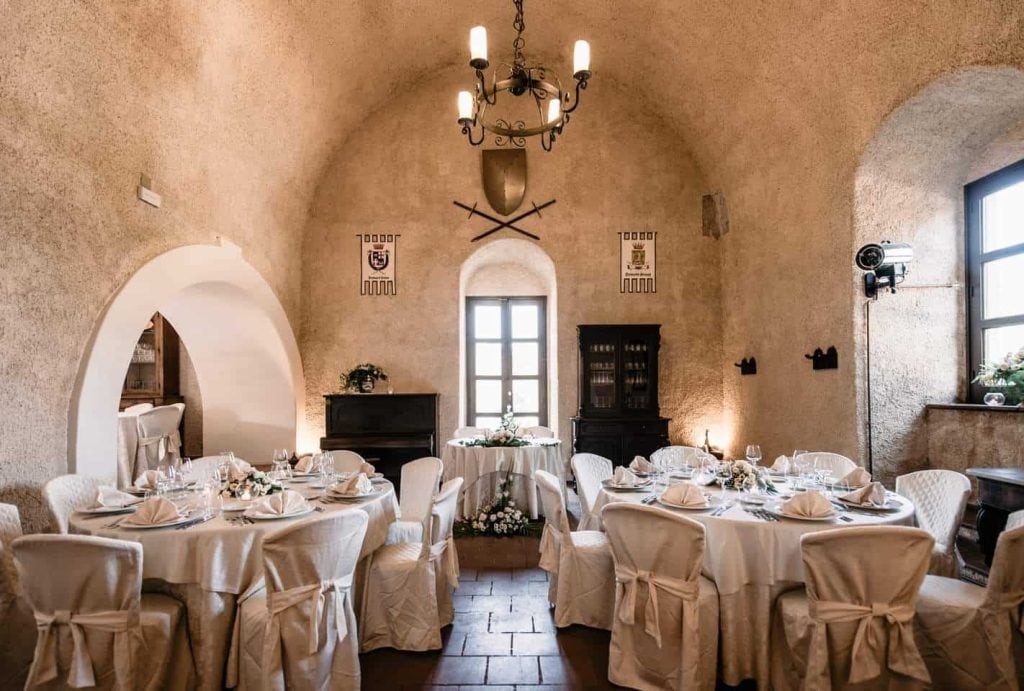
Castello Pensabene
Shrouded in legends and stories, like in a fairy tale, Castello Pensabene is a medieval fortress perched in the small and enchanting village of Castroreale, in the province of Messina, among the Peloritani mountains. The Pensabene Marquises, owners since the late 18th century, have passed the management down through the generations to the current proprietors, brothers Alessandro and Pasquale Pensabene. The castle, with its austere and elegant rooms, also houses a restaurant. The cuisine embraces the innovative—though not overly so—spirit of the new Sicilian wave. Contemporary enough, yet deeply rooted in the territory, it finds expression in the creativity of the kitchen brigade led by chef Maria Luisa Cutrupia.

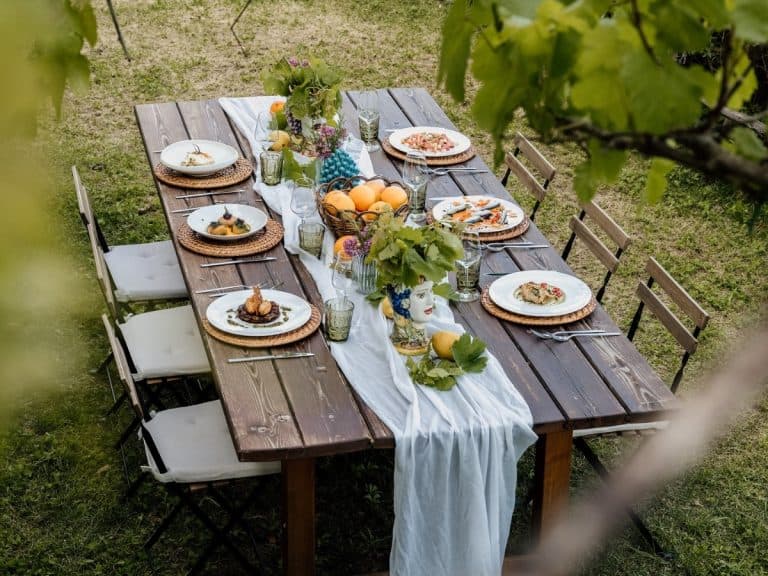
 Sparkling wines surpass still wines in Italian out-of-home consumption. Most popular during the aperitif
Sparkling wines surpass still wines in Italian out-of-home consumption. Most popular during the aperitif American Barbecue wins a Michelin star for the first time in history
American Barbecue wins a Michelin star for the first time in history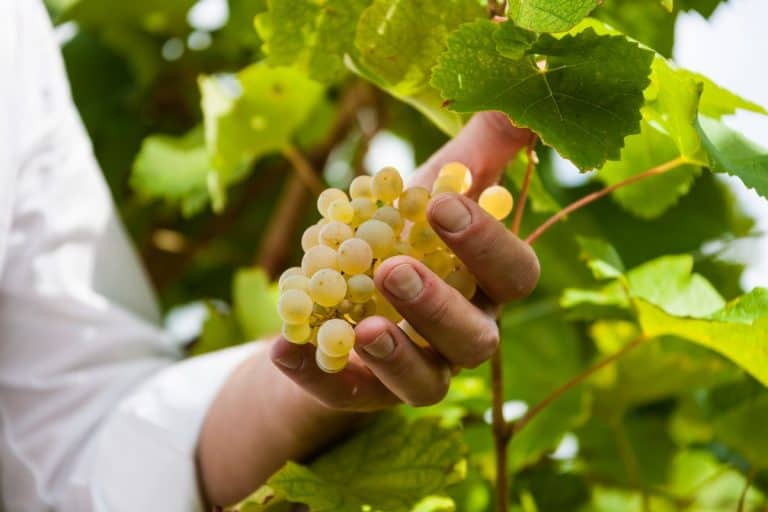 Prosecco Superiore: the 8 best selected by Gambero Rosso
Prosecco Superiore: the 8 best selected by Gambero Rosso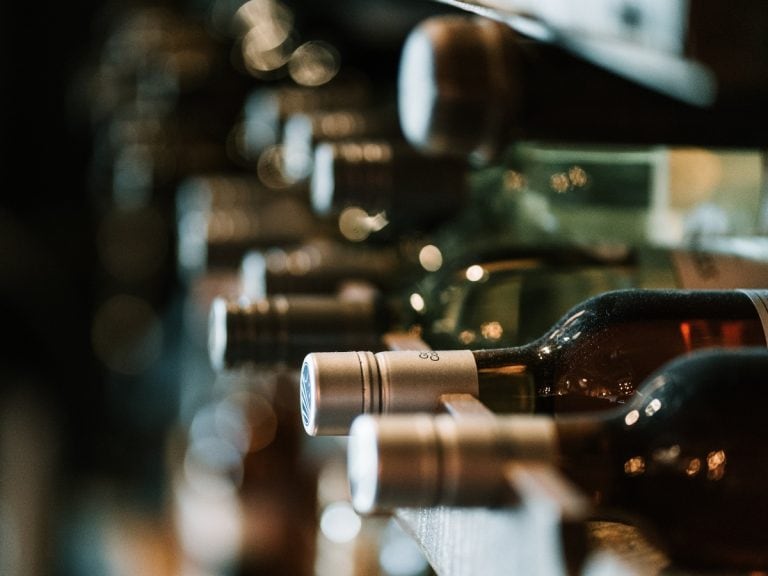 Italian wineries face rising debts and falling revenues as wine industry grapples with economic uncertainty
Italian wineries face rising debts and falling revenues as wine industry grapples with economic uncertainty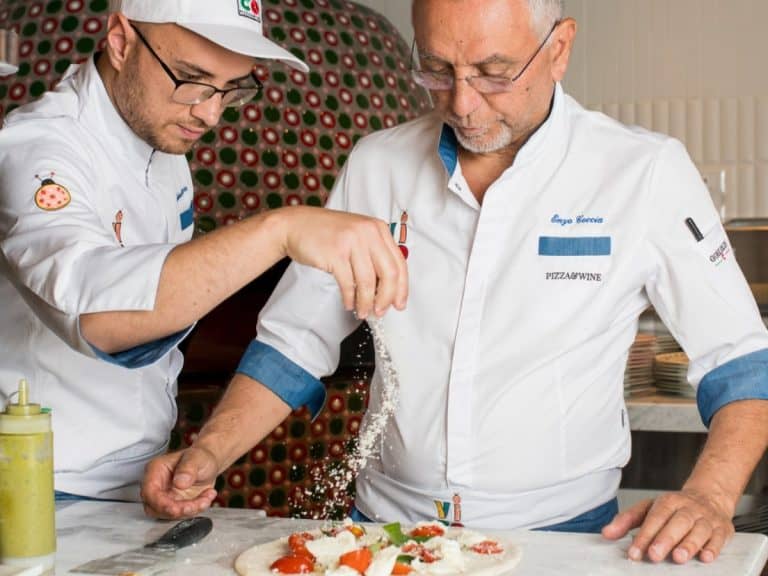 Enzo Coccia leaves Rome for an ambitious project in the United States: "but La Notizia stays"
Enzo Coccia leaves Rome for an ambitious project in the United States: "but La Notizia stays"


